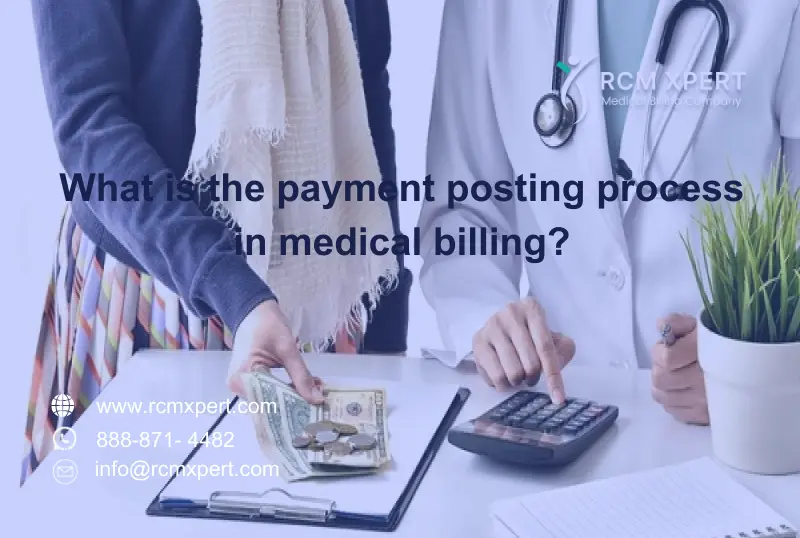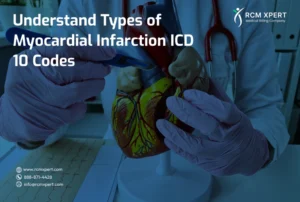Are you new to medical billing or just curious about how healthcare providers handle payments? You’ve come to the right place! In this article, we’ll dive deep into payment posting in medical billing. We’ll explore what it is, why it’s crucial, and how it works. So, grab a cup of coffee, and let’s unravel this essential aspect of healthcare finance together!
What is Payment Posting in Medical Billing?
Before we dive into the nitty-gritty, let’s start with the basics. Payment posting is a critical step in the medical billing process. But what exactly does it mean?
Defining Payment Posting
Payment posting applies to payments from insurance companies or patients to their corresponding accounts. It’s like balancing your checkbook, but on a much larger scale and with more complexity.
When a healthcare provider receives a payment, it must be accurately recorded and matched to the correct patient account and service. This ensures that the provider’s financial records are up-to-date and accurate.
Why is Payment Posting Important?
You might wonder, “Why all the fuss about payment posting?” Well, it’s more crucial than you might think! Here’s why:
- Accurate Financial Records: Payment posting ensures that a healthcare provider’s books are balanced and reflect the practice’s financial state.
- Timely Follow-ups: Billing staff can promptly follow up on unpaid claims by knowing which claims have been paid and which haven’t.
- Patient Satisfaction: Accurate payment posting means patients are billed correctly, reducing confusion and improving satisfaction.
- Revenue Cycle Management: Efficient payment posting is critical to maintaining a healthy revenue cycle for healthcare providers.
Now that we understand what payment posting is and why it matters let’s dive deeper into how it works.
The Payment Posting Process: A Step-by-Step Breakdown
Payment posting might seem straightforward, but it involves several crucial steps. Let’s break them down:
1. Receiving Payments
The process begins when the healthcare provider receives a payment. This could be from an insurance company, a patient, or a third-party payer. Payments can come in various forms:
- Electronic Funds Transfer (EFT)
- Checks
- Cash
- Credit card payments
2. Matching Payments to Claims
Once a payment is received, the next step is to match it to the corresponding claim. This is where things can get tricky. The biller must ensure the payment is applied to the correct patient account and service.
3. Posting the Payment
After matching the payment to the claim, it’s time for the actual posting. This involves entering the payment information into the practice management system. The biller will record the following:
- The amount paid
- The date of payment
- The source of payment (insurance, patient, etc.)
- Any adjustments or write-offs
4. Handling Discrepancies
Sometimes, the amount paid doesn’t match the amount billed. This could be due to:
- Contractual adjustments
- Denied services
- Patient responsibility
In these cases, the biller must make appropriate adjustments and ensure everything balances out.
5. Updating Patient Accounts
Once the payment is posted, the patient’s account is updated. This might involve:
- Adjusting the balance
- Generating a new statement
- Preparing for any follow-up actions
6. Reconciliation
The final step is reconciliation. This involves checking that all payments have been correctly posted and that the practice’s financial records are accurate and up-to-date.
Challenges in Payment Posting
While the process might sound straightforward, payment posting has its fair share of challenges. Let’s look at some common hurdles:
1. Volume of Transactions
Healthcare providers deal with a high volume of transactions daily. Keeping up with this can be overwhelming, especially for smaller practices.
2. Complex Payment Structures
Insurance payments can be complex, with multiple claims bundled into one payment. Unbundling these and posting them correctly can be time-consuming.
3. Delayed Payments
Payments sometimes arrive late. Tracking and following up on delayed payments is a crucial part of the process.
4. Technological Challenges
While technology has made payment posting easier in many ways, it also presents challenges. System glitches, software updates, and data entry errors complicate the process.
Best Practices for Efficient Payment Posting
Now that we’ve covered the challenges let’s look at some best practices to make payment posting more efficient:
1. Automate Where Possible
Many practice management systems offer automated payment posting features. While they’re not perfect, they can significantly speed up the process.
2. Train Staff Thoroughly
Ensure your billing staff is well-trained in payment posting procedures. This includes understanding insurance policies, contractual adjustments, and your specific practice management system.
3. Implement Quality Control Measures
Regular audits can help catch errors early and ensure accuracy in payment posting.
4. Stay Organized
Develop a system for handling different types of payments and stick to it. This can help reduce errors and increase efficiency.
5. Communicate Clearly
Ensure clear communication between billing staff, healthcare providers, and patients. This can help resolve discrepancies quickly and improve overall accuracy.
The Future of Payment Posting: Trends and Innovations
As with many aspects of healthcare, payment posting is evolving. Here are some trends to watch:
1. Artificial Intelligence and Machine Learning
AI and machine learning are increasingly used to automate payment posting, reducing errors and increasing efficiency.
2. Blockchain Technology
Some experts predict blockchain could revolutionize healthcare payments, making them more secure and transparent.
3. Real-time Adjudication
This technology allows claims to be processed and paid almost instantly, streamlining the entire billing process.
Conclusion
In conclusion, payment posting is a crucial process in medical billing. It’s the bridge between providing services and receiving payment, ensuring that healthcare providers can continue to operate and provide care.
While it comes with challenges, efficient payment posting is achievable with the right processes, tools, and training. As technology evolves, we can expect payment posting to become even more streamlined and accurate.
Remember, whether you’re a healthcare provider, a billing specialist, or someone interested in healthcare finance, understanding payment posting is critical to grasping the bigger picture of medical billing.
So, the next time you receive a medical bill or an insurance statement, you’ll better appreciate the complex process behind the scenes!





